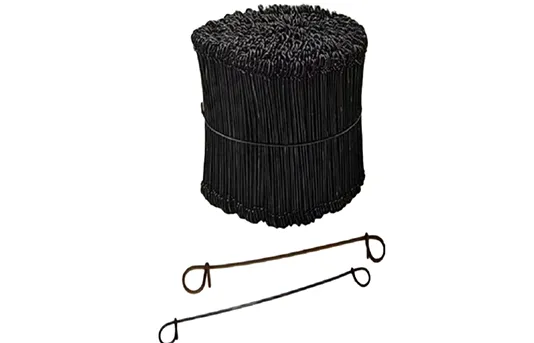-
 Phone:
Phone: -
 Email:
Email:

Innovative Rock Mesh Solutions for Effective Retaining Wall Construction and Design
Rock Mesh Retaining Wall A Comprehensive Overview
Retaining walls are essential structures in civil engineering, particularly in managing soil erosion and controlling land elevation differences. Among various types of retaining walls, the rock mesh retaining wall has gained significant popularity due to its durability, aesthetic appeal, and ecological benefits. This article delves into the characteristics, construction techniques, advantages, and applications of rock mesh retaining walls.
Characteristics of Rock Mesh Retaining Walls
Rock mesh retaining walls consist of a framework made of steel mesh that is filled with natural rocks or boulders. This method of construction allows for improved drainage and reduced lateral earth pressure. The combination of natural materials with engineered support structures makes rock mesh walls both functional and environmentally friendly.
Typically, the steel mesh is fabricated from high-quality galvanized or stainless steel, ensuring resistance to corrosion and enhancing the longevity of the wall. The rocks used in filling the mesh can vary in size and type, providing flexibility in terms of both aesthetics and structural requirements. Some common rock types include granite, limestone, or local river stones, all chosen based on the project's geological context.
Construction Techniques
The construction of rock mesh retaining walls requires careful planning and execution. The process generally involves the following steps
1. Site Assessment and Design Engineers perform a thorough analysis of the site, considering soil properties, drainage patterns, and environmental impacts. A detailed design is created to ensure stability and functionality.
2. Excavation and Grading The area where the wall will be placed is excavated and graded to facilitate a level and stable foundation.
3. Installation of Mesh Framework Steel mesh panels are erected in accordance with the design specifications. These panels are anchored securely to provide the necessary structural support.
4. Rock Placement Natural rocks are then filled into the mesh framework. Attention is given to ensure even distribution and proper compaction to enhance stability.
5. Backfilling and Drainage The space behind the retaining wall is backfilled, often with porous materials to improve drainage. This step is crucial, as poor drainage can lead to increased pressure against the wall and eventual failure.
rock mesh retaining wall

6. Finishing Touches Depending on aesthetic preferences and project requirements, additional landscaping or protective measures may be applied to enhance the visual appeal and functionality of the wall.
Advantages of Rock Mesh Retaining Walls
Rock mesh retaining walls offer several advantages
1. Eco-Friendliness Utilizing natural stones reduces the reliance on concrete and other manufactured materials, making this structure more sustainable. The natural appearance also allows for better integration with surrounding landscapes.
2. Enhanced Drainage The open nature of the mesh allows water to flow through, reducing hydrostatic pressure and minimizing the risk of wall failure. This drainage capability is essential in areas with heavy rainfall or where soil saturation is a concern.
3. Aesthetic Appeal Rock mesh walls can be designed to fit various architectural styles, making them suitable for both urban and rural settings. The natural stones lend a rustic charm that can enhance the overall landscape.
4. Flexibility and Stability The use of flexible mesh allows for slight movements without compromising the wall's structural integrity. This feature is particularly beneficial in areas prone to seismic activity or soil shifts.
5. Cost-Effective While initial construction may require investment, the durability and low-maintenance nature of rock mesh retaining walls can result in cost savings over time.
Applications
Rock mesh retaining walls are versatile and can be used in various applications, including
- Slope Stabilization They prevent soil erosion and stabilize slopes in both residential and commercial projects. - Road Construction These walls are frequently employed alongside roads to create safe and aesthetically pleasing landscapes. - Infrastructure Projects In larger projects such as highways, bridges, and tunnels, rock mesh walls can provide necessary structural support.
In conclusion, rock mesh retaining walls combine functionality, sustainability, and beauty, making them an excellent choice for modern engineering challenges. As we move toward more environmentally responsible construction practices, the use of such structures is likely to rise, benefiting both urban developments and natural landscapes alike. Whether for protecting landscapes, stabilizing slopes, or enhancing infrastructure, rock mesh retaining walls present a compelling solution for today’s engineering needs.
-
Wire Mesh for Every Need: A Practical SolutionNewsJul.25,2025
-
Steel Fences: Durable, Secure, and Stylish OptionsNewsJul.25,2025
-
Roll Top Fencing: A Smart Solution for Safety and SecurityNewsJul.25,2025
-
Cattle Farm Fencing Solutions for Maximum SecurityNewsJul.25,2025
-
Affordable Iron Binding Wire SolutionsNewsJul.25,2025
-
Affordable Galvanized Wire SolutionsNewsJul.25,2025
-
Wire Hanger Recycling IdeasNewsJul.25,2025








